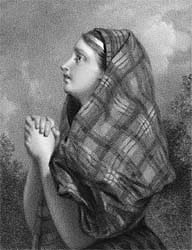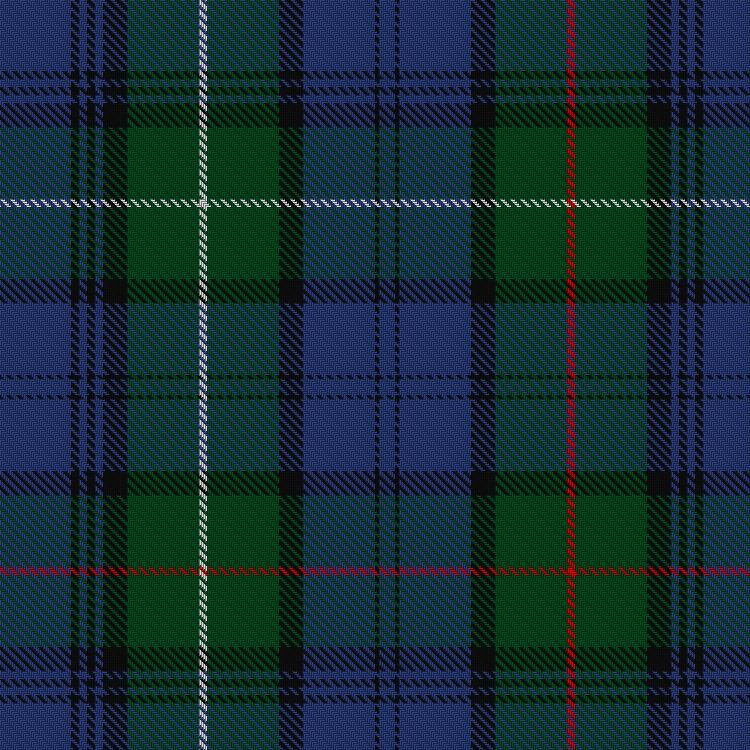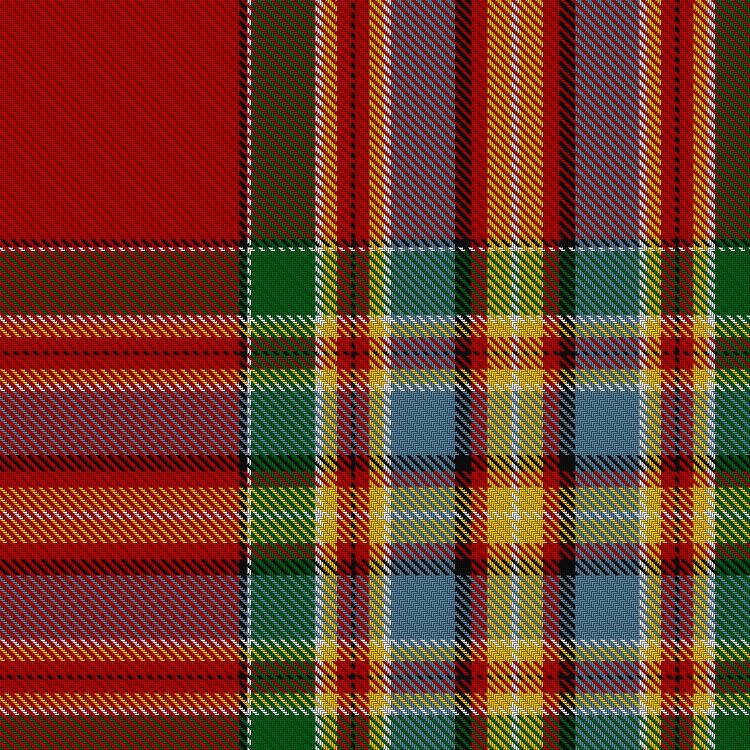When King George IV visited Edinburgh in 1822, he was greeted by a sea of tartan, bagpipes, and Highland dress. One Edinburgh citizen wrote of the occasion that, "Sir Walter Scott has ridiculously made us appear to be a nation of Highlanders, and the bagpipe and the tartan are the order of the day" (Cheape, p50).
 |
| The Procession of King George IV Entering Princes Street, Edinburgh, August 1822, by William Turner--notice the high number of men in Highland dress |
King George IV was the first monarch to visit Scotland in 171 years when he arrived in 1822, and the visit attracted quite a bit of attention. When he arrived in Edinburgh, George was greeted by "a great spectacle of pageantry and ceremony" organized by Sir Walter Scott, author of the wildly popular novel
Waverly (
Edinburgh Museums).
Waverley, published anonymously in 1814, is set in the Scottish Highlands during the Jacobite uprising in 1745. The three-volume novel was followed by a several other works set primarily in Scotland and published over the five years. These are all collectively known as the "Scottish Novels", and were wildly popular throughout Europe and the United States. In fact, the king himself was a huge fan, and Scott was invited to dine with him in 1815 just so George could "meet the author of
Waverley."
 |
| tartan costume most likely designed for the ceremony during the king's visit in 1822 (courtesy of the National Galleries of Scotland) |
The novels presented a romanticised version of life in the Scottish Highlands in the 18th century, and the impression was devoured by the public. (After all, it was the
Romantic Era!) This built on the popularity of the 1760 epic poem
Ossian by James Macpherson, who claimed that he had compiled ancient Scottish Gaelic sources and translated them--in actuality, he wrote it.
 |
| An illustration from The Heart of Midlothian, 1818, by Sir Walter Scott |
So before the king ever planned his trip north, there was a certain idea of Scotland in the public imagination. It should come as no surprise, therefore, that Scott's organized welcome for the monarch embraced the romanticism he had helped to design--including lots and lots of tartan. During the next two decades tartan appeared up more and more in fashion, and also certain patterns started to be associated with particular clans, based on the publication of books on "clan tartans" that originated from the samples collected by the Highland Society of London (see my last post for more about this). There are also several mentions in descriptions of fancy dress balls of ladies and gentlemen attending as "highlanders." This cultural appropriation would continue throughout the mid-century, but more on that later...on to the clothes!
While all of the tartans from my previous post (and so many more!) can all be used for 1820s-1830s tartan sewing, the most popular color sets seem to be purple and red in addition to the already-present blue and green.
 |
| walking dress from La Belle Assemble, 1822 |
 |
| evening dress in Mackenzie tartan, 1822 |
 |
| the Mackenzie tartan, version from the 1842 sample. via the Scottish Register of Tartans |
 |
| dress with tartan bow, 1827-1830 |
 |
| tartan skirts with bias ruffles, Costumes Pariesiens 1826 |
 |
| "Portrait of Lady in Plaid," 1830s |
 |
| tartan apron, far left, 1830s |
 |
| tartan dress (under cloak) and matching bonnet, Le Journal des Modes 1826 |
 |
| silk dress, 1830 (I don't think this is tartan, just plaid) |
 |
| turban in Dress Stuart tartan, 1820-1835 |
 |
| silk dress in Clan Chattan tartan, c.1832. *Scanned from Tartan, owned by National Museum of Scotland |
 |
| the Clan Chattan tartan sett, as recorded in the Registry. Dated 1816 |
If you can push your Regency fashion dates to 1822, all the tartans can be yours to wear. Personally? I'm still stuck on the plumed hats in some of the earlier plates. How totally fab!
Sources!
Notes taken in "Gaelic Language and Culture" and "Modern Scottish History" Fall 2010, University of Edinburgh
The University of Edinburgh
Walter Scott Archives
Tartan, by Hugh Cheape
Scottish Register of Tartans
National Museum of Scotland














Hello from Italy
ReplyDeleteI'm Antonio and I'm totally obsessed by PLAID too.
I have more than 150 plaid and gingham shirts..
You are so ADORABLE in plaid dresses
my mail address is: antonioivano.preziuso@gmail.com
CIAO bye